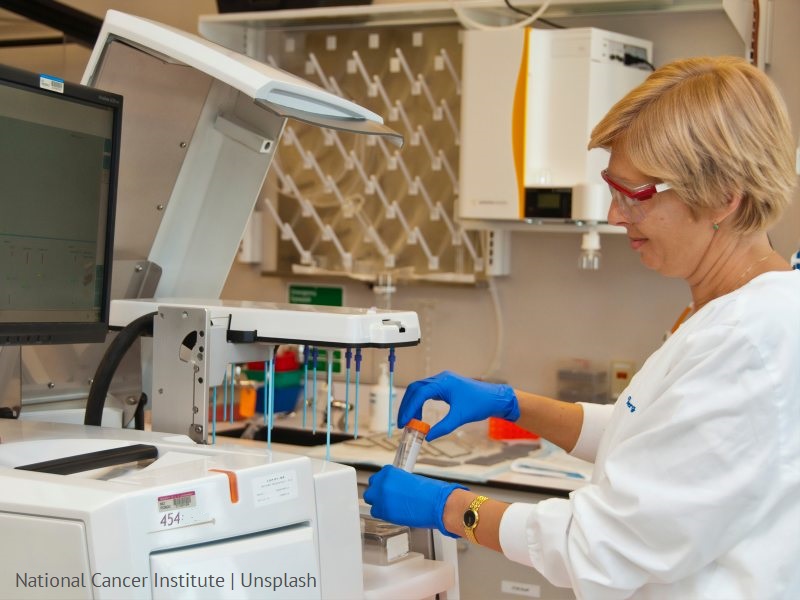Any chemical compounds based on quinoline structure demonstrate interesting biological activity, which is why they enjoy large interest of scientists around the world. They are useful e.g. in designing medicines with antibacterial, antifungal, antimalarial, and even anticancer properties.
Quinoline derivatives, apart from the potential use in pharmaceutical industry, may also be used as fluorescent sensors in diagnosing cancers or detecting ions of different elements. Thanks to such solutions, it is possible to evaluate the size and location of cancer tumour, which is very important in the case of surgery cancer treatment methods, or determine the concentration of heavy metals in cells of various organisms. Changes in the level or distribution of zinc, iron and copper ions are related to the progression of Alzheimer’s disease. Therefore, compounds demonstrating fluorescence as a result of bonding such ions may be used in recognising diseases and monitoring treatment progress. However, the important thing is the appropriate biological and physiochemical properties of chemical compounds used. It is essential that they are non-toxic, photostable and chemically neutral. Thanks to this, they will not be harmful to cells or change their structure, e.g. under the impact of light radiation or temperature. Moreover, in the form not related with a metal, they should not disturb the measurement.
Such compounds in the form of styrylquinoline derivatives were designed by scientists from the University of Silesia in Katowice. Their solution will mainly serve for creating fluorescent pigments used for detecting heavy metal ions in human and animal cells, especially zinc ions.
The authors of the invention, which was covered with patent protection, include: Dr Barbara Czaplińska, Dr Katarzyna Malarz, Assoc. Prof. Anna Mrozek-Wilczkiewicz, Professor of the University of Silesia and Prof. Robert Must.

photo by National Cancer Institute | Unsplash





